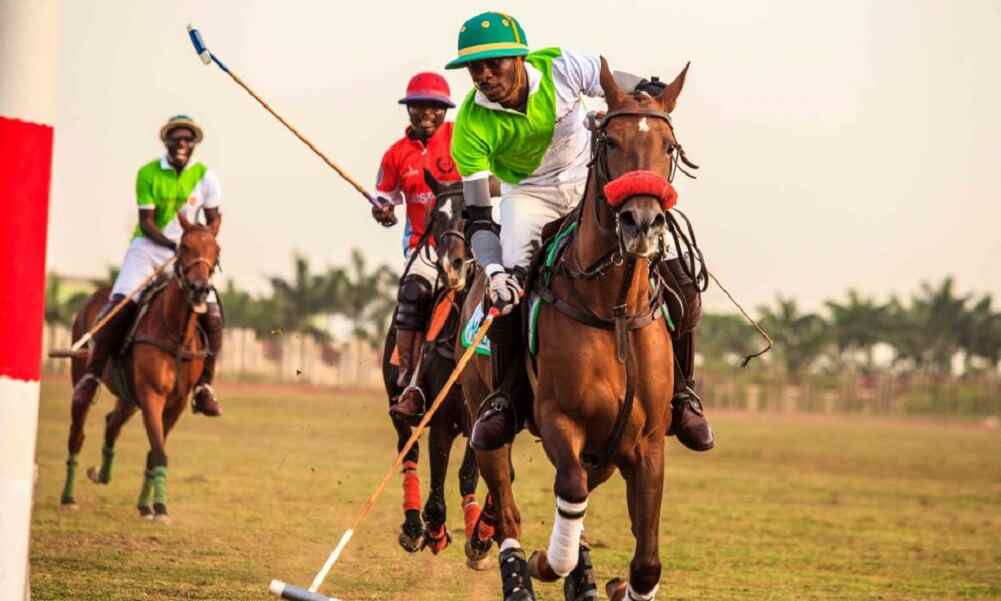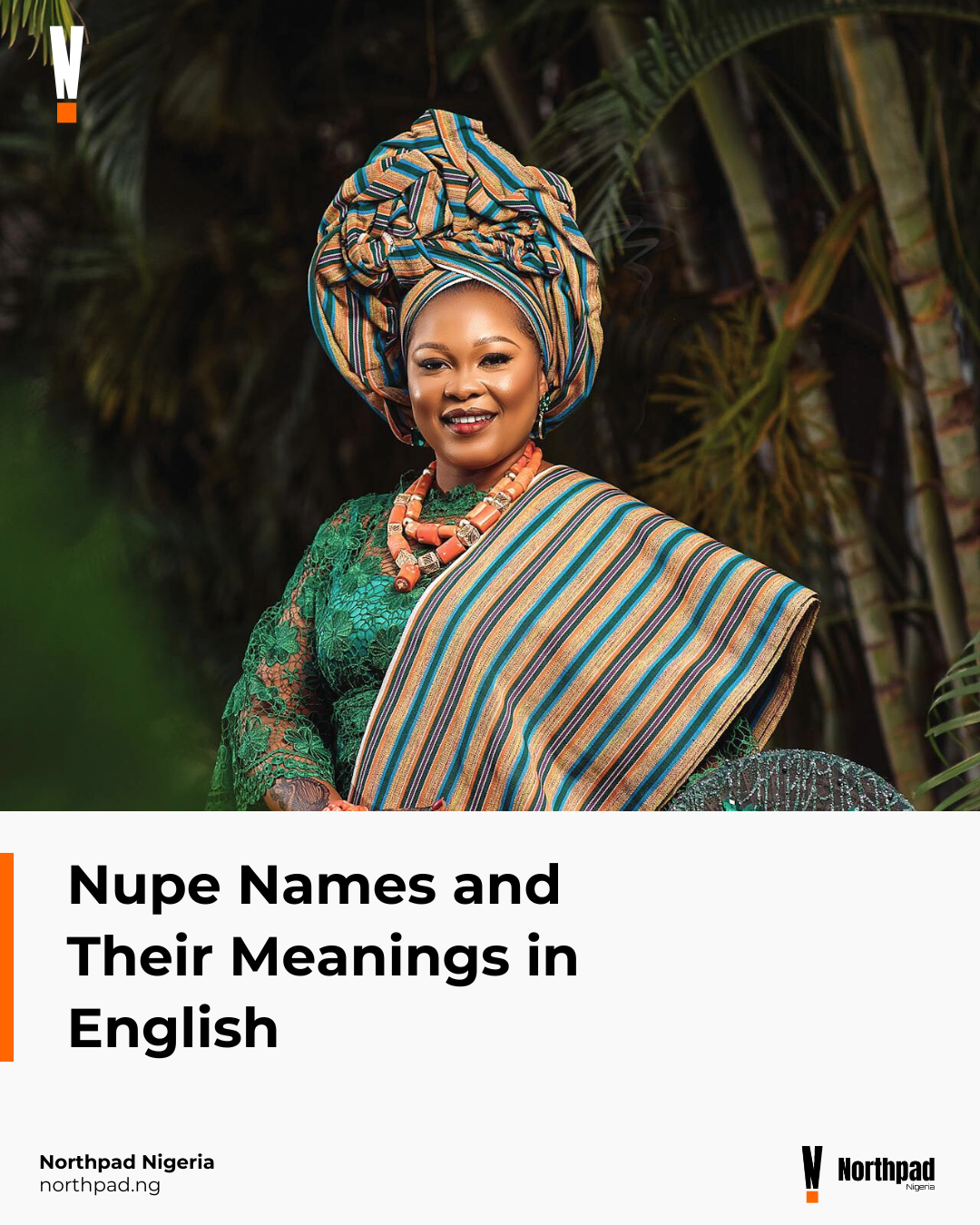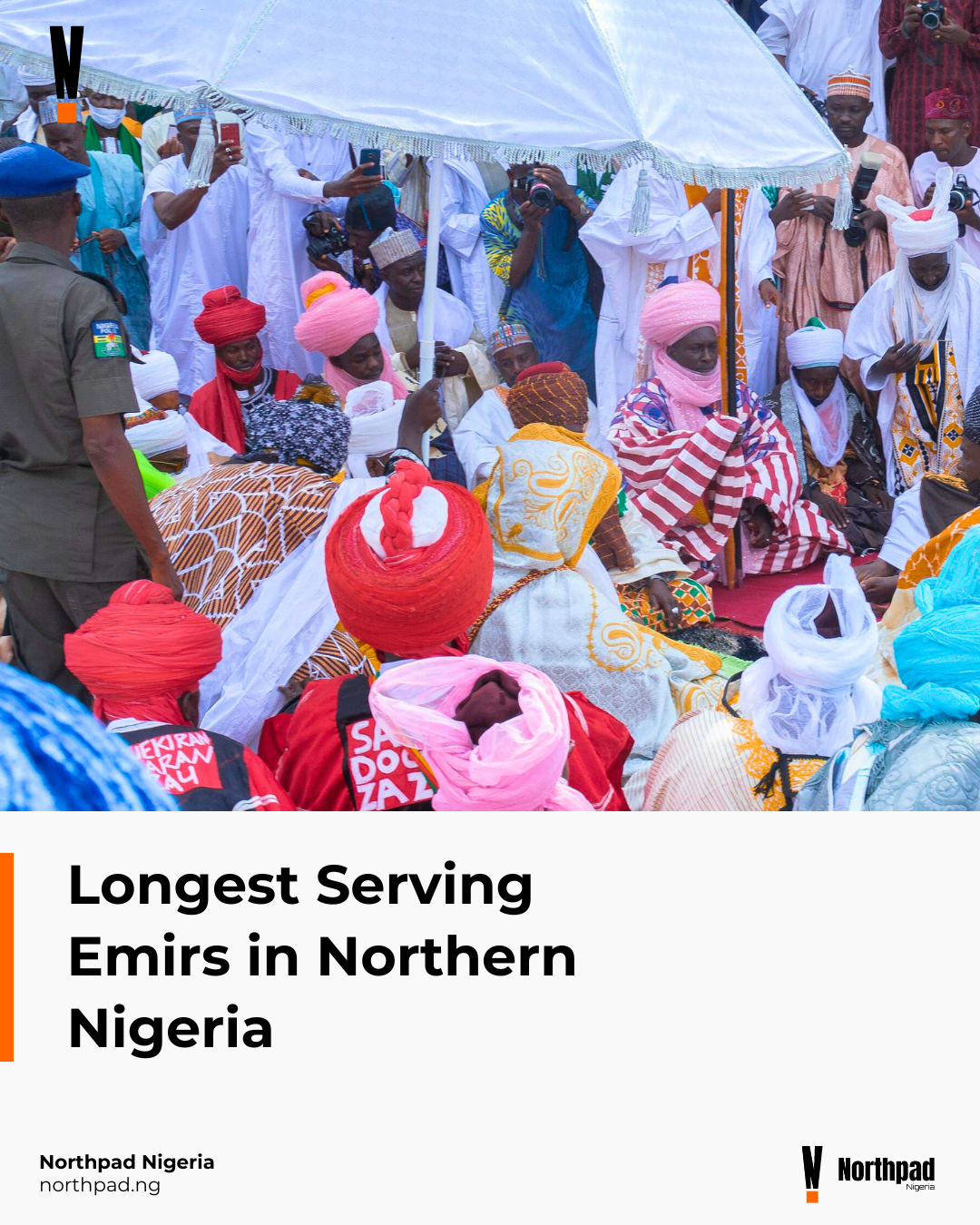The general metamorphosis of Polo in Northern Nigeria is as fascinating as the sport itself. It started as a sport only the elite male royals partook in. Now, a mark that any member of society can decide to participate in really talks about how polo has evolved and how the masses have accepted it.
How did that happen? First, let’s trace the history of the sport in Nigeria.
History of Polo In Nigeria
Polo in northern Nigeria was introduced during the Colonial days by the British; it dates as far back as 1904, making it by default one of the oldest sports in Nigeria. The sport’s origin is traced to ancient Greece, and it was introduced to the country by the colonial masters – the British. Lagos was the first place where the game was introduced in 1914, and it quickly spread to the rest of the country.
The first grand polo games competition took place in 1914. Wilhelm Solf gave the trophy to be won between German-controlled Cameroon and Nigeria under British control on behalf of Kaiser Wilhelm II. The annual cup got named the Kaiser Wilhelm Cup, and in 1960, it was renamed the Independence Cup.
After the departure of the colonialists, the Military retained an interest in the game, with the new military academy built in Kaduna in 1964 having polo exercises for recruits.
The Role of Emir of Katsina Muhammadu Dikko in Promoting Polo in Northern Nigeria
Polo was once considered an exclusive sport reserved only for nobility. It was first played in northern Nigeria when Emir of Katsina Muhammadu Dikko visited England and became enthralled with the game. When he returned, he organized his sons to begin playing.
Sir Usman Nagoggo, one of the children who later became an Emir, began playing in 1939 and has competed internationally. He is the highest disabled Nigerian player to date, with a handicap of seven goals.

But that was after his father, Muhammadu Dikko, had established the Nigeria Polo Federation in 1920, making him the country’s first polo player. The game developed widespread popularity in the area, particularly among the Princes of Kano and Zaria.
The Military maintained an interest in the game after the colonialists left, with polo exercises for recruits being held at the new military college in Kaduna in 1964.
How Polo is Played
Like any other game, so also polo, as a team is required to secure more points than its opponent, which would signify a game is won at the end of the stipulated time. On the other side of the pitch, each opposition tries to control and maintain the ball to secure a goal eventually. A team consists of 4 players; two are considered attackers, and the other two as defenders, though there isn’t a fixed role for any individual, so any player could play any wing depending on what the team needs at that very moment.
Position one is set for the attack-offensive player. Their main aim is to hit the ball and score but they also play the role of defending and tackling the opposition’s position with three players.
Position two is set to play offensive. Their primary role is to back position one against their opposition and deflect the opposition’s opposition position three.
Position three roles are usually secured for the best team-mate, and they play the role of attack, with their main objective being to pass the ball to position one and two players. Position four plays the role of defense and protects the opposition from successfully scoring a goal. When position four-player intercepts the ball, they must quickly move towards the offensive players.
Rules of the Game
Polo has a basic scoring system, with a goal being scored when the ball is hit into the goal. Unlike many other sports, Polo teams shift field direction every time a goal is scored, rather than at regular intervals such as halftime. The game is played on a field three hundred yards long and two hundred yards wide.
The goalposts are 8 yards in width and open at the top, and each Polo match consists of 4 plays, all lasting 7 minutes. The game begins as soon as the umpire throws the ball between the two teams, which is also how the game resumes once a goal has been scored. Once a goal is scored, the teams switch sides, balancing any possible weather advantages or otherwise the team could have used in their favor.
Major Polo Clubs
Even though the sport started in the Southern part of the country, polo in northern Nigeria is played in most states, with the polo capital being Kaduna state.
Some of the major clubs in the North include;
- Fifth Chukker Polo and Country Club
- Jos Polo Club
- Kaduna Polo Club
- Kano Polo Club
- Katsina Polo Club
- Zaria Polo Club
- El-Amin Polo Club
- 1212 Polo & Turf Club
Notable Polo Players
Some notable players that have made the sport more widespread and accepted in Northern Nigeria include Usman Nagogo, Lawal Kaita, Ahmadu Yakubu, Idris Ibrahim, Hassan Katsina, and Bello Dahiru Bagiwa, Ibrahim Abba, Hamisu Buba.
Others include; the current Emir, HRH Alhaji Dr. Abdulmumini Kabir Usman, who started playing polo in the early 1980s, Lawal Kaita, former Governor of Kaduna state, and a Katsina prince, and Hassan Usman Katsina, and almost all the Emirs from northern Nigeria.

In a game once considered a male-only sport, Female players such as Aisha Suleiman have emerged in recent years, arrowing the end of the male-dominated elite match.
Polo Tournaments
In recent years, there has been an increase in the public acceptance of Polo in northern Nigeria. As a result, there has been an increase in the number of tournaments organized around the country. The Katsina international polo tournament, played everywhere, remains one of the most prestigious tournaments in the country.
Other tournaments such as General Hassan, Talba, and Commassie cups are equally on the rise. Other cups, such as the vice president, governor, Muhammadu Kabir, and Usman Nagogo Memorial Cup, are all springing up.










0 Comments